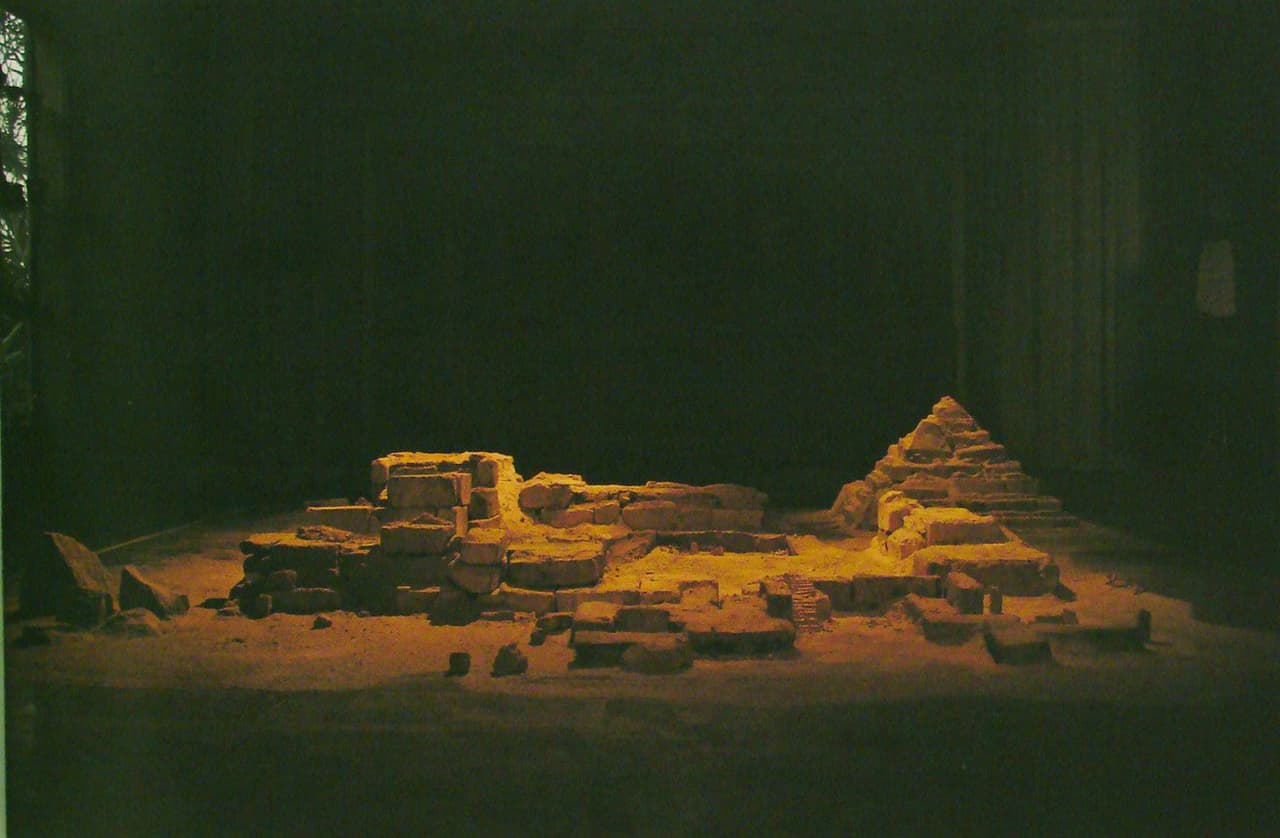














Splendid in its exuberance in museums across the global North — and in the Eva Klabin House Museum, whose collection of Egyptian artifacts has been the largest in Rio de Janeiro since a fire destroyed the National Museum in 2018 — Ancient Egypt has long attracted important discussions around of the world. Seen by Europeans as home to a remarkably bold people for their material, visual, scientific, and technological discoveries, Ancient Egypt became hostage to a distorted narrative that attributed its history and identity as the basis for the development of Western culture.
If museums and textbooks are now being forced to revisit this incomplete, oversimplified narrative, it is thanks to the endeavors of Egyptian researchers, artists, and cultural movements over the last few decades. Such discussions highlight the need to understand Egypt as the cradle of an advanced African civilization, its relations with other African peoples, like the Nubians, the recovery of its origins, and the repatriation of objects obtained in the past by dubious means. Furthermore, we could point to similarities, in our technological culture, between the Egyptians’ pictographic script and the emojis we use every day on our smartphones, and between the afterlife assured in the Book of the Dead and our desire for continuity propitiated by databases. In the Brazilian context, there is one other similarity we cannot fail to note: the obelisk used as the foundation stone of the capital city, Brasília.
Viewing Ancient Egypt as a hub of contemporary debates on symbolic and political issues, the Eva Klabin House Museum is expanding the central focus of the main exhibition to present the ways in which different manifestations originating from Egyptian material and visual culture echo in current-day Brazilian practices, based on in the work of ten artists. Placed throughout the different rooms of the house, works by André Ricardo, Anna Bella Geiger, Carolina Cordeiro, Daniel Senise, Élle de Bernardini, Lais Myrrha, Nathan Braga, Thaís Iroko, and Ventura Profana help us see how discussions about the time in which we live can only be understood if we review our interpretations of the past.
Lucas Albuquerque.
